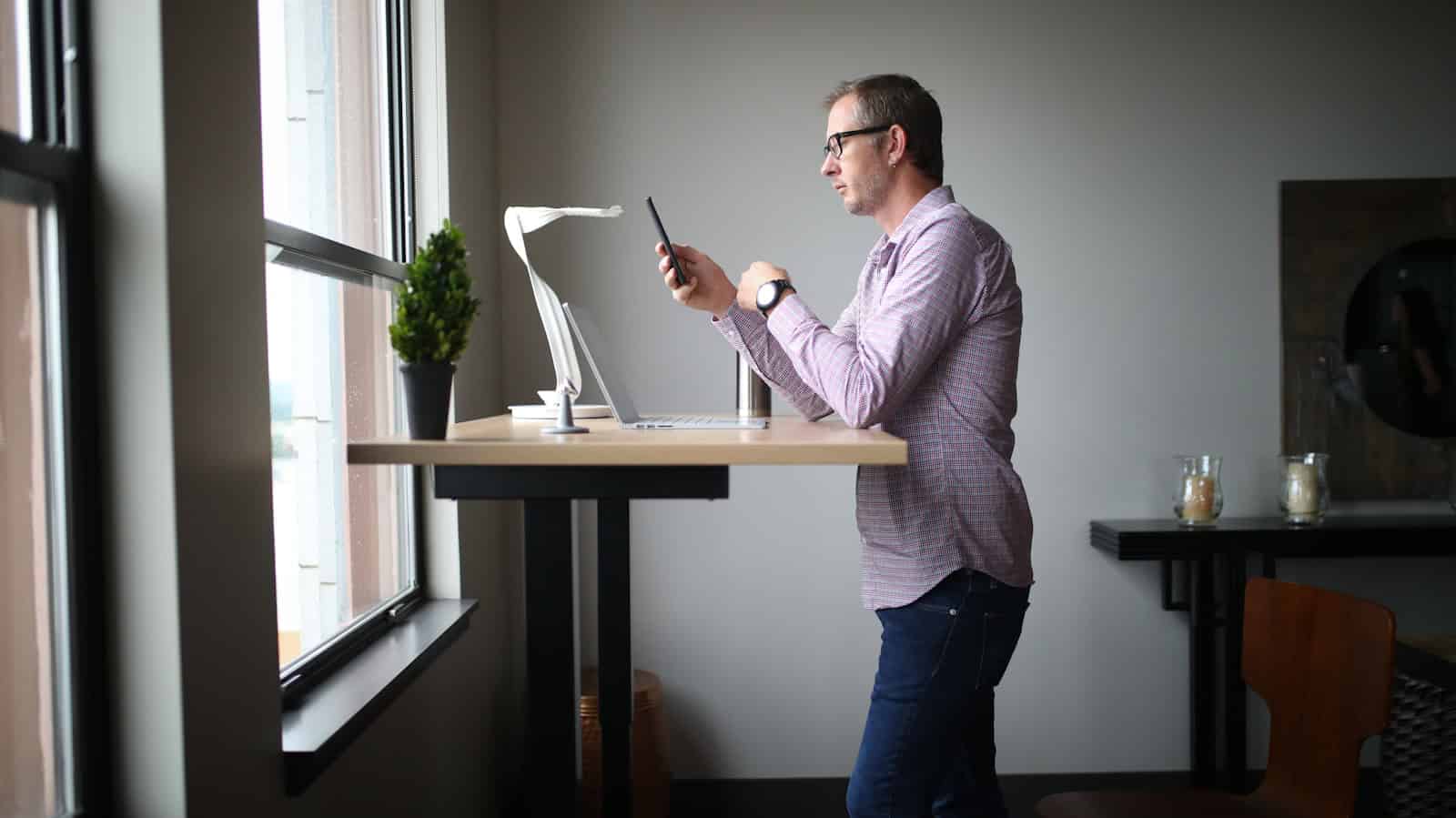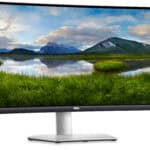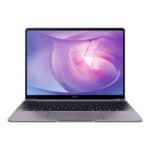Standing desks offer great benefits for your health and productivity. Programming your standing desk’s memory settings can save you time and make switching positions effortless. With a few simple steps, you can set your ideal sitting and standing heights.
Many modern standing desks come with programmable memory functions. These allow you to save your preferred desk heights with the push of a button. You can typically store 2-4 height presets. This feature lets you quickly adjust between sitting and standing without manually finding the right position each time.
Learning to program your desk’s memory takes just a few minutes. The exact process varies slightly between brands, but the basic steps are similar. We’ll cover how to set presets on popular models and share tips to optimize your desk setup for comfort and posture.
| Desk Position | Recommended Height | Benefits |
|---|---|---|
| Sitting | Elbows at 90° angle | Reduces strain |
| Standing | Elbows at 90° angle | Improves circulation |
| Keyboard Tray | Slightly negative tilt | Promotes neutral wrist position |
Optimizing Your Standing Desk Setup
Finding the Right Height
The most important part of using a standing desk is getting the height right. Here’s how:
Elbow Position
Stand up straight. Adjust the desk height so that your elbows are at a 90-degree angle when your hands are resting on the keyboard. Your wrists should be straight, not bent up or down. This is the ideal ergonomic position.
Monitor Placement
Your monitor should be at arm’s length away, and the top of the screen should be at or slightly below eye level. This prevents neck strain. You might need a monitor arm to achieve the perfect position.
Alternating Between Sitting and Standing
Standing all day can be just as tiring as sitting all day. The key is to alternate:
Start Gradually
If you’re new to standing desks, don’t try to stand all day right away. Start with short periods, like 15-30 minutes at a time, and gradually increase the duration as you get more comfortable.
Use a Timer or App
Set a timer or use a standing desk app to remind you to switch between sitting and standing. This helps you maintain a good balance and avoid fatigue.
Ergonomic Accessories
Certain accessories can make your standing desk experience much more comfortable:
Anti-Fatigue Mat
An anti-fatigue mat provides cushioning for your feet and legs, reducing strain and discomfort. This is highly recommended for extended periods of standing.
Footrest
A footrest can help improve posture and circulation while standing. It allows you to shift your weight and reduce pressure on your feet and legs.
Proper Posture
Even with a standing desk, good posture is essential:
Keep Your Back Straight
Avoid slouching. Keep your shoulders relaxed and your core engaged. Imagine a string pulling you up from the top of your head.
Distribute Your Weight Evenly
Don’t lean on one leg or shift your weight constantly. Try to distribute your weight evenly on both feet.
Other Tips for Optimization
Here are a few more things to consider:
Cable Management
Keep your cables organized to prevent tripping hazards and maintain a clean workspace. Use cable ties or organizers.
Regular Breaks
Even when using a standing desk, it’s important to take short breaks to move around and stretch. This helps prevent stiffness and fatigue.
Optimizing Your Standing Desk: Key Points
| Area | Tip |
|---|---|
| Desk Height | Elbows at 90 degrees, wrists straight. |
| Monitor Placement | Arm’s length away, top of screen at or below eye level. |
| Sitting/Standing | Alternate regularly, start gradually. |
| Accessories | Use an anti-fatigue mat and/or footrest. |
| Posture | Keep your back straight and distribute weight evenly. |
Fundamentals of Standing Desks
Standing desks offer adjustable work surfaces that allow users to alternate between sitting and standing positions. They come in various types with different adjustment mechanisms and features to suit diverse needs and preferences.
Types of Standing Desks
Standing desks come in two main categories: electric and manual. Electric standing desks use motors to adjust height with the push of a button. They often include memory presets for quick transitions between saved positions.
Manual standing desks rely on hand-cranks or pneumatic lifts for height adjustments. These are typically more affordable but require physical effort to change positions.
Some desks offer desktop converters that sit atop existing workstations. These provide a cost-effective way to transform a regular desk into a standing option.
Importance of Adjustable Height
Adjustable height is crucial for ergonomic comfort and health benefits. Your desk should allow you to work with your elbows at a 90-degree angle whether sitting or standing.
Proper height adjustment helps:
- Reduce neck and back strain
- Improve posture
- Decrease eye fatigue
- Enhance circulation
For optimal ergonomics adjust your desk so your eyes align with the top third of your monitor screen. This prevents neck strain from looking up or down for extended periods.
Benefits of Sit-Stand Desks
Sit-stand desks offer numerous advantages for your health and productivity:
- Increased calorie burn
- Improved energy levels
- Enhanced focus and productivity
- Reduced risk of obesity diabetes and cardiovascular disease
- Better posture and less back pain
Using a sit-stand desk can help you stay active during work hours. Aim to alternate between sitting and standing every 30-60 minutes for best results.
Remember to gradually increase your standing time to avoid fatigue or discomfort when first using a standing desk.
| Feature | Electric Standing Desk | Manual Standing Desk |
|---|---|---|
| Adjustment | Push-button | Hand-crank or lift |
| Speed | Fast | Slower |
| Effort | Minimal | Physical exertion |
| Price | Higher | Lower |
| Memory Presets | Often included | Rarely available |
Programming Your Standing Desk
Programming your standing desk allows you to switch between preset heights effortlessly. This feature enhances comfort and productivity throughout your workday.
Understanding Control Panels
Standing desk control panels vary in design but share common elements. Most feature up and down buttons for manual adjustment. They also include numbered preset buttons for storing favorite positions.
Some panels display the current desk height in inches or centimeters. This helps you track and replicate ideal positions. Advanced models may offer Bluetooth connectivity for smartphone control.
Familiarize yourself with your specific model’s control panel layout. This knowledge streamlines the programming process and daily use.
Setting Up Memory Presets
To set memory presets, start by adjusting your desk to a comfortable height. Once satisfied, locate the memory or “M” button on your control panel. Press and hold this button until the display flashes.
Next, choose a numbered preset button (typically 1-4) and press it to save the current height. Repeat this process for additional positions like standing and sitting heights.
Here’s a quick guide to common preset heights:
| Position | Typical Height Range |
|---|---|
| Sitting | 28-30 inches |
| Standing | 40-45 inches |
| Keyboard | 1-2 inches below elbow |
Remember to consult your desk’s user manual for specific instructions. Some models may require slightly different steps to program presets.
Achieving Ergonomic Positioning
Proper ergonomics are crucial for comfort and health when using a standing desk. Start by setting your sitting height. Adjust the desk so your elbows form a 90-degree angle when typing.
For standing height, raise the desk until your hands rest comfortably on the keyboard with elbows at 90 degrees. Your eyes should align with the top third of your monitor screen.
Consider using an anti-fatigue mat when standing. This reduces pressure on your feet and lower back. Aim to alternate between sitting and standing every 30-60 minutes throughout your day.
Remember to maintain good posture in both positions. Keep your shoulders relaxed and your head aligned with your spine. These habits maximize the benefits of your programmable standing desk.
Optimizing Desk Usage for Productivity
Customizing your standing desk and organizing your workspace can boost comfort and efficiency. Seamless transitions between sitting and standing help maintain focus and energy throughout the day.
Customizing Your Desk for Comfort
Set up memory presets for your ideal sitting and standing heights. This allows quick adjustments without disrupting your workflow. Ensure your monitor is at eye level to prevent neck strain. Use an anti-fatigue mat when standing to reduce foot and leg discomfort.
Consider adding ergonomic accessories like a keyboard tray or monitor arm. These help maintain proper posture and reduce the risk of repetitive strain injuries. Adjust your chair settings to support your lower back when sitting.
Keep frequently used items within easy reach to minimize stretching and bending. This might include your mouse, notepad, or water bottle.
Transitioning Between Sitting and Standing
Alternate between sitting and standing every 20-30 minutes to maintain energy and focus. Set reminders on your phone or computer to prompt position changes. Start with shorter standing periods and gradually increase as your body adapts.
Use transition times as mini-breaks. Stretch or do a quick walk around your workspace to boost circulation. This helps prevent stiffness and maintains productivity.
When switching positions, take a moment to reset your posture. Ensure your shoulders are relaxed and your spine is aligned in both sitting and standing positions.
Organizing Workspace for Efficiency
Implement effective cable management to reduce clutter and improve aesthetics. Use cable ties, clips, or trays to keep wires organized and out of sight. This prevents tangling when adjusting desk height.
Create designated zones for different tasks. Keep writing materials in one area, tech gadgets in another. This minimizes time spent searching for items.
Use vertical space with shelves or monitor risers to maximize desk surface area. Consider a desk with built-in storage options for a cleaner workspace.
| Zone | Items |
|---|---|
| Tech | Computer, chargers, external drives |
| Writing | Notepads, pens, documents |
| Personal | Water bottle, snacks, personal items |
Regularly declutter your workspace. Remove unnecessary items and file away completed projects. A tidy desk helps maintain focus and reduces distractions.
Advanced Features and Troubleshooting
Standing desks offer more than basic height adjustment. They come with advanced features to enhance your work experience and solutions for common issues you might face.
Exploring Additional Desk Features
Many electric sit-stand desks include digital height control systems with multiple user profiles. This allows you to share your workspace while keeping personalized settings. Some models offer anti-collision systems to prevent damage if the desk hits an obstacle while moving.
Weight capacity is another key feature. Higher-end desks can support heavier loads, accommodating multiple monitors or specialized equipment. Some desks even include USB charging ports or built-in power strips for added convenience.
| Feature | Benefit |
|---|---|
| Multiple User Profiles | Personalized settings for shared spaces |
| Anti-Collision System | Prevents damage to desk and objects |
| High Weight Capacity | Supports multiple monitors and equipment |
| Built-in Power Options | Convenient charging for devices |
Identifying and Fixing Common Issues
If your desk stops responding, try a system reset. Unplug the desk for 30 seconds, then plug it back in. This often resolves minor glitches in the control system.
For desks that won’t move, check the power connection and ensure all cables are firmly plugged in. If the problem persists, the motor or control box might need replacement.
Uneven desk movement could indicate an imbalance in the leg motors. Try recalibrating the desk by holding the down button until it reaches its lowest point, then release and press again until it slightly rises and stops.
For memory preset issues, reprogram your settings. Follow your desk’s manual for the exact process, as it can vary between models.
Frequently Asked Questions
Programming memory settings on standing desks varies by brand and model. The following questions address specific procedures for popular desk brands and models.
How do I reprogram the memory settings on a Flexispot standing desk?
To reprogram Flexispot desk memory:
- Adjust the desk to your desired height
- Press and hold the M button until the display flashes
- Press a number button (1-4) to save the current height
Repeat these steps for each preset you want to program into your Flexispot desk.
Where can I find the manual for a tl4s-s standing desk?
You can typically find the tl4s-s desk manual:
- On the manufacturer’s website
- In the original packaging materials
- By contacting customer support
If you can’t locate it, search online using the full model number for a PDF version.
What are the steps to set up memory presets on a FEZIBO standing desk?
To set FEZIBO desk memory presets:
- Use the up/down buttons to reach your desired height
- Press M until the display flashes
- Press 1, 2, or 3 to assign the height to that button
You can save up to three height presets on most FEZIBO models.
How do you adjust and save the height settings on a Costco standing desk?
For Costco standing desks:
- Adjust to your preferred height using the up/down arrows
- Press and hold the M button until it beeps
- Press a number button (1-4) to save that position
Repeat for each desired preset height you want to program.
Can you customize memory presets on an Uplift desk?
Yes, you can customize Uplift desk presets:
- Move the desk to your desired height
- Press and hold 1, 2, 3, or 4 until the display shows “S”
- Release the button to save that height
Uplift desks allow you to save up to four custom height presets.
What is the process for setting up multiple height presets on an Autonomous standing desk?
To set Autonomous desk presets:
- Use up/down buttons to reach your desired height
- Press M until the display blinks
- Press 1, 2, 3, or 4 to assign that height
You can program up to four memory presets on Autonomous standing desks.
| Brand | Max Presets | Programming Button |
|---|---|---|
| Flexispot | 4 | M |
| FEZIBO | 3 | M |
| Costco | 4 | M |
| Uplift | 4 | 1-4 (hold) |
| Autonomous | 4 | M |







